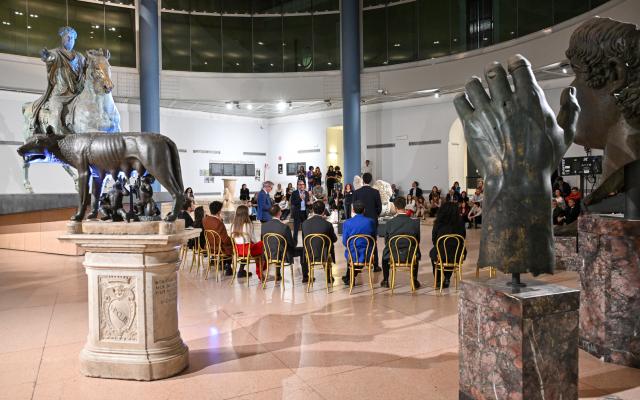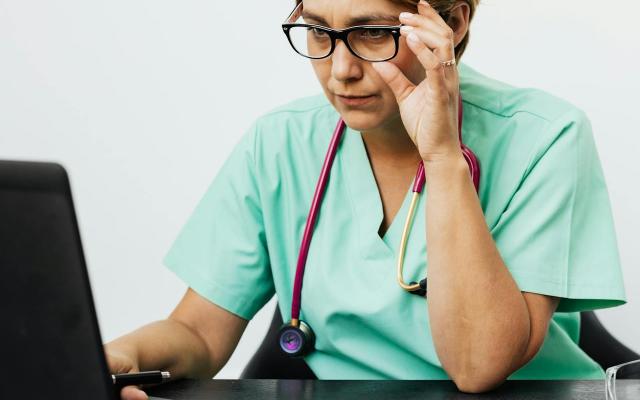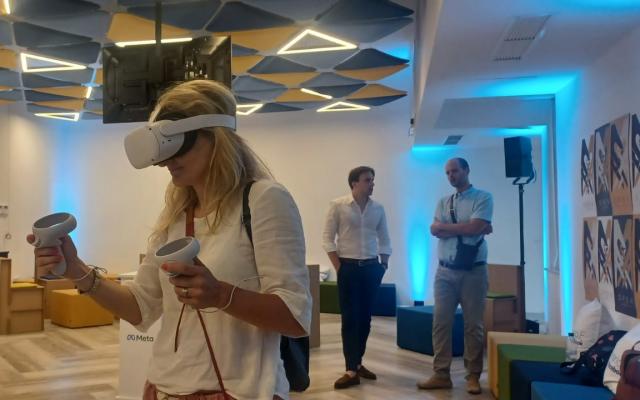Headset donation programme: visors at the Rome Campus Bio-Medico University
Learning to face particular situations during surgery, resolving emergency situations, and experimenting the sensations of operating in a surgical theatre … Meta Quest 2 visors will be used at the Rome Campus Bio-Medico University to promote medical learning in immersive environments, thanks to Meta’s Headset Donation Programme, in cooperation with Italian institutions and schools. After ASL Rome 6 in Albano [see news: Theory of Mind in the Metaverse], the Rome Campus Bio-Medico University will be able to discover the potential of immersive training. Fausto D’Agostino, an anesthetist-resuscitator at the Fondazione Policlinico Universitario Campus Bio-Medico di Roma and President of the Centro Formazione Medica, which is accredited as an international training centre, addresses this new opportunity.
How did the collaboration between the Fondazione Mondo Digitale and Meta for the donation of Meta Quest 2 visors develop?
I learned about the Meta visors at an event promoted by the Fondazione Mondo Digitale in January at Binario F and was immediately struck by the possible use of the visor for training in the medical sector. This technology allows us to create scenes, objects, and particular situations that are useful to train health professionals to acquire further skills and abilities and face clinical practices with greater security, both for routine and emergency procedures.
How can the Meta Quest visors be used?
This technology allows us to immerse learners in a simulated environment, observe a virtual human body, learn how to face particular situations that may emerge during an operation, face emergencies, and experiment the sensations that one experiences during a real surgical procedure. It’s important to have the opportunity to make mistakes – something which is not possible in reality. In a virtual environment, an error can be cancelled and produces no negative effects. The ability to simulate real-life scenarios makes virtual reality a tool suitable for physical rehabilitation through the imitation of physical movements. Other uses include the management of patients and pain, prevention, surgical planning, immersive training, telemedicine, remote surgical operations, and medical simulations.
What do you believe is the potential of this technology in your field?
Thanks to recent technological advances, we are increasingly experiencing the creation of new projects and applications for teaching first aid techniques differently. Experimenting with new technology for teaching in this field provides incentives and stimulates citizens to learn more about this issue. Various studies have proven that virtual reality can be applied to BLSD (Basic Life Support Defibrillation) courses. It’s a tool that can improve learning on mannequins.
And the use of this technology will be one of the main points of the Theoretical-Practical Emergency-Urgency Congress that will be held in Bari on November 24-25. These devices create ad hoc environments that allow users to feel they are in real-life situations, not just in a mock procedure. Moreover, virtual reality allows us to experiment and create new experiences and situations which a rescuer may have to face, providing a complete training programme that covers more real-world scenarios. Obviously, in order to learn everything about BLS, courses remain necessary; however, the development of this type of applications allows us to stimulate the interest of people in life-saving techniques.
Interview by Onelia Onorati.




